Top 6 Ukraine Culture, Customs and Etiquette
Ukraine is a diverse country in Eastern Europe with a mixture of Eastern and Western European influences and traditions. It is the second largest country in ... read more...Europe. It also shares a similar culture with neighboring countries such as Russia, Poland and Belarus. Ukraine has many diverse cultures and dialects. This article is a list of Ukraine Culture, Customs and Etiquette that you should not miss.
-
Ukrainians were originally a pagan nation that worshiped idols. Zar Vladimir the Great of Kiev accepted Orthodox Christianity in 988 AD, bringing the entire country under the control of the Byzantine Empire. Many of the Zar's subjects converted to Christianity during this period, which was marked by mass baptisms. Despite changes over the last 1000 years, Ukrainian Orthodox Christianity remains the country's main religion today, with approximately 70% of Ukrainians claiming to be members of this faith. One of the most notable achievements of Ukrainian Orthodox Christians was the translation of scripture and liturgy into Slavonic, making it more accessible to the people.
Many Ukrainians today own a Bible, which they may have read on occasion, but many still struggle to understand it because few have taken the time to explain what is written in its pages. Aside from a lack of understanding, Communist atheism has had a significant impact on the people of Ukraine. Citizens were strongly advised not to observe religious holidays or attend religious services. As a result, several generations of children have grown up with no religious values or traditions. Although there has been a religious revival in Ukraine since independence, many people still claim atheism.
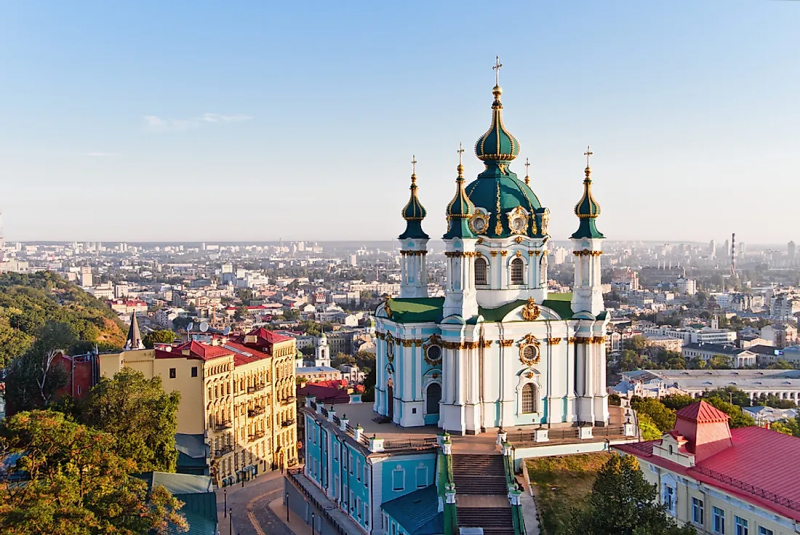
churchtimes.co.uk 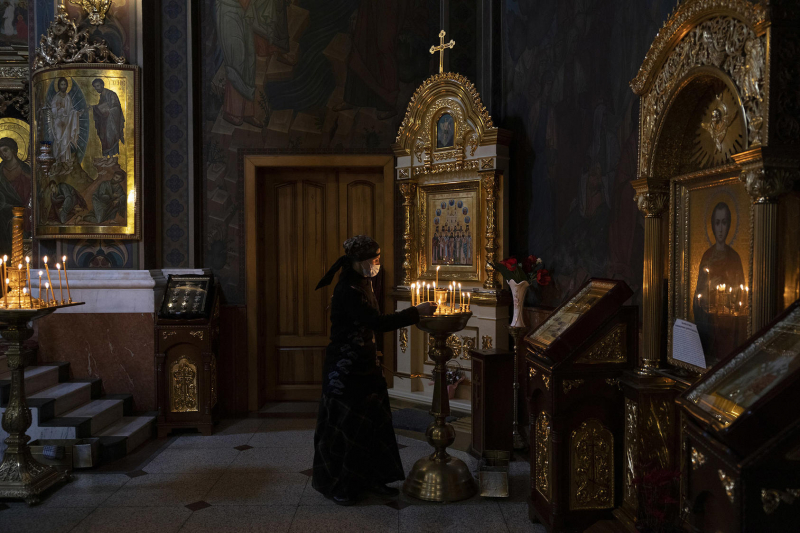
dw.com -
Foreigners frequently observe that Ukrainians rarely smile in public. In fact, speaking loudly and smiling at strangers usually indicates that the person is a westerner. However, in personal and professional relationships, Ukrainians see themselves as direct, open, and forthright. They made their feelings known to those who needed to know. Public displays of affection, anger, or other emotions are more common than in the United States or other Western countries. These are generally acceptable as long as they do not involve offensive gestures or the use of physical force against another person.
Ukrainian men greet each other with a warm handshake, direct eye contact, and occasionally a brief hug followed by a pat on the back. In greeting, female friends kiss each other three times on the cheek. A person's full name is repeated when they meet for the first time. A Christian name, a patronymic, and a surname make up a person's name. Men's patronymics are -vich or ovich, and women's patronymics are -avna, -ovna, or ivna. If the father's Christian name is Petro, his sons will have the patronymic Petrovich, and his daughters will have the patronymic Petrovna. When a person has a professional title, it is customary to use it.
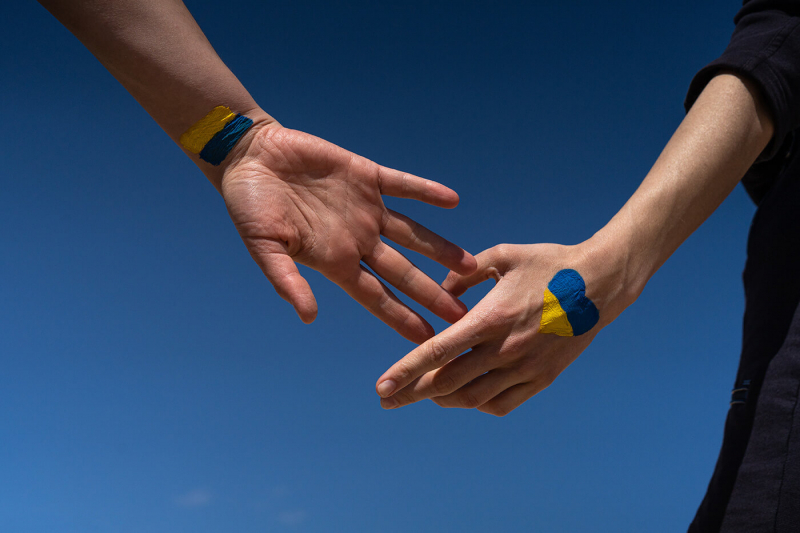
vietnamplus.vn 
thanhnien.vn -
Ukrainian is an Eastern Slavic language and the official language of Ukraine. It is spoken by about 51 million people in Ukraine and around the worldWritten Ukrainian uses a variation of the Cyrillic alphabet that is similar to Russian but has a few different letters. From 1804 until Russian Revolution Eastern Ukraine was a part of Russian Empire and Ukrainian language was discouraged. In 1876, by imperial decree, the printing or importing of books in Ukrainian was forbidden. In fact, many Russians felt Ukrainian was a dialect of Russian as opposed to a true distinct language.
Today, Ukrainian is the only official language of Ukraine. However, a lot of people in Eastern Ukraine still speak Russian. Many people in Ukraine speak a mixture of Ukrainian and Russian called surzhyk. Even though schools and colleges are taught in Ukrainian, Russian is equally prevalent (popular). It is common to see two people conversing on the street one of them speaks Ukrainian while the other answers him in Russian. While engaged in the conversation both might not realize they converse in different languages.
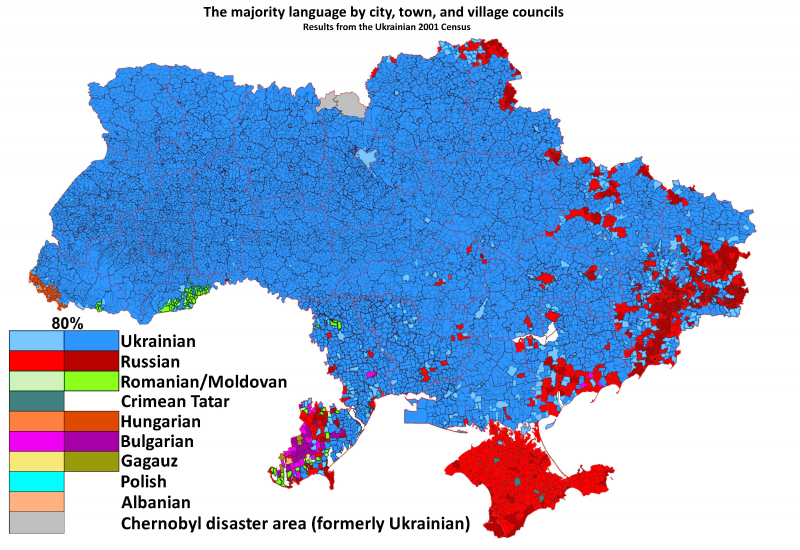
ukrainian-studies.ca 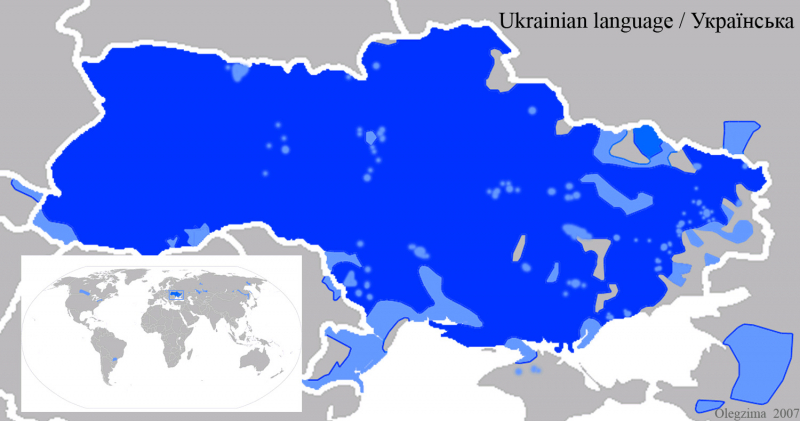
ukrainian-studies.ca -
Ukrainians are notoriously time-conscious. There is a clear distinction between rural and urban areas. The capitol time is something that people in Kiev are more aware of. Even though 5-10 minutes here and there are probably permissible. It also depends on the work ethics accepted by the company for which each individual works. However, most people are perfectly fine with being 5-10-15 minutes late. If this becomes a habit, coworkers openly complain and confront each other, and the situation usually improves. The same time consciousness applies in personal life. However, instead of 5-15 minutes, 10-40 minutes can be used. People are aware of it and openly and frequently negotiate it with one another. Foreigners and businesspeople should be aware of this and try to confirm their plans with anyone from Ukraine to avoid misunderstandings.
The Gregorian calendar is used by the Ukrainian public and government. The Orthodox Church, on the other hand, uses the Julian calendar to determine the dates of religious celebration days. The Julian calendar is derived from the ancient Roman calendar. Because the Julian calendar is two weeks behind the Gregorian calendar, religious holidays fall on different dates. Christmas, for example, is celebrated on December 25 in the West, but January 7 in Ukraine and other places. Traditionally, time was measured by the sun and the seasons it affected. Spring and the start of the growing season were celebrated with the Feast of the 40 Martyrs, the release of animals to pasture on Saint George's Day, ritual sowing during Lent, and Easter. Prior to Lent, Winter was burned or drowned in effigy.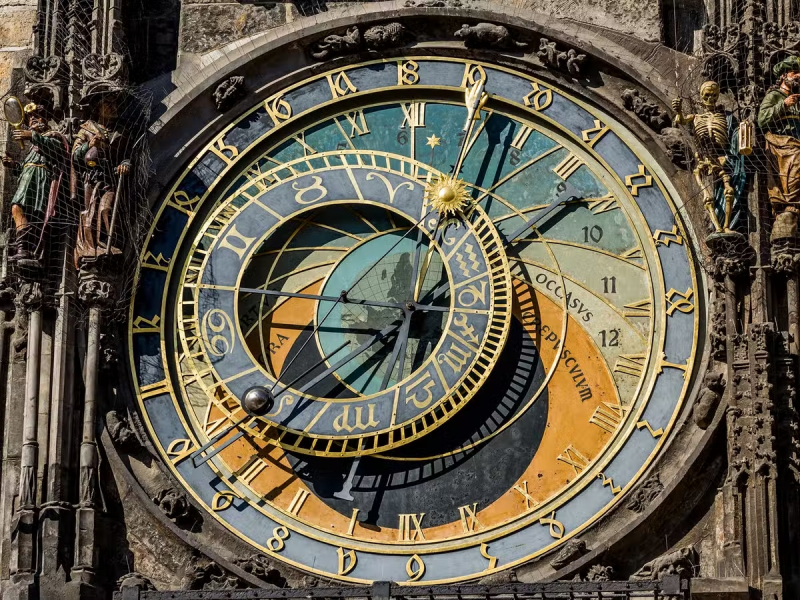
britannica.com 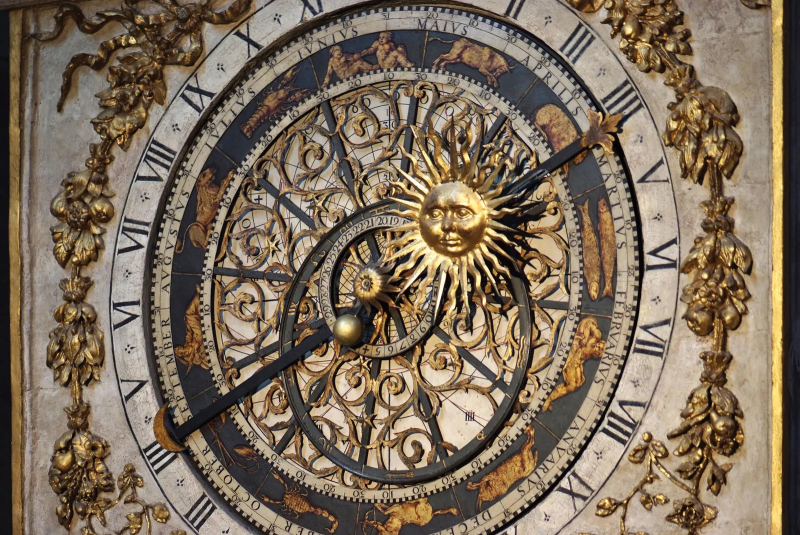
innowiki.org -
Talking about family traditions, the wedding is the most interesting and complicated one. It started from so-called “bride’s ransom” when a groom had to buyout a bride from her parents. After the buyout, the bride and the groom were blessed by their parents and went to a church for the wedding. The important attributes of the wedding ceremony were special wedding bread and embroidered towels as the symbols of welfare and happiness. Traditional Ukrainian wedding is bustling and cheerful, accomplished with jokes, music, dancing. In past times, a wedding could last for a week. Unfortunately, nowadays it is only one or two days long.
Traditionally, young people chose their friends at social gatherings. Parental approval and blessing were traditionally sought. Marriages against the wishes of parents were uncommon in the past, and matchmakers mediated between the two families. The parents' role in marriage has been preserved in modern Ukrainian culture through their responsibilities to organize and finance their children's wedding ceremonies and festivities. The festivities demonstrate the family's social standing. Nowadays, most marriage ceremonies are both civil and religious in nature.
In traditional society, young people were pressured to marry young. This continues to result in many marriages between the ages of seventeen and twenty-five. It also leads to a high number of divorces, which were previously uncommon. Divorce is prohibited by the Ukrainian Catholic Church and discouraged by the Ukrainian Orthodox Church. Divorce is granted by civil courts, as are property and custody rights.
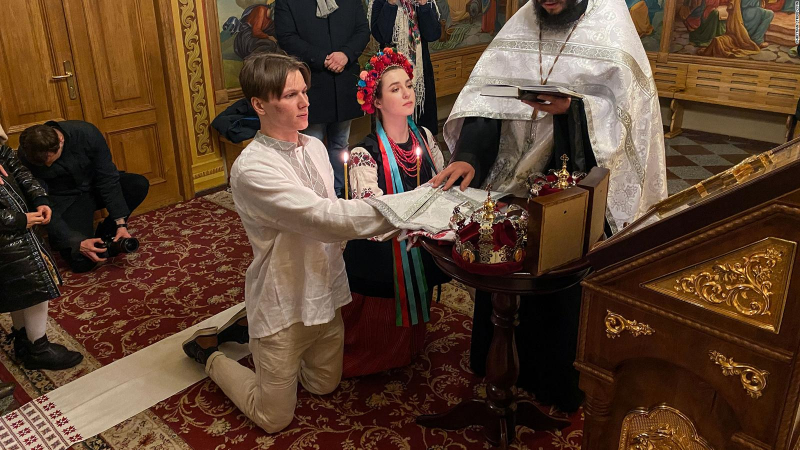
edition.cnn.com 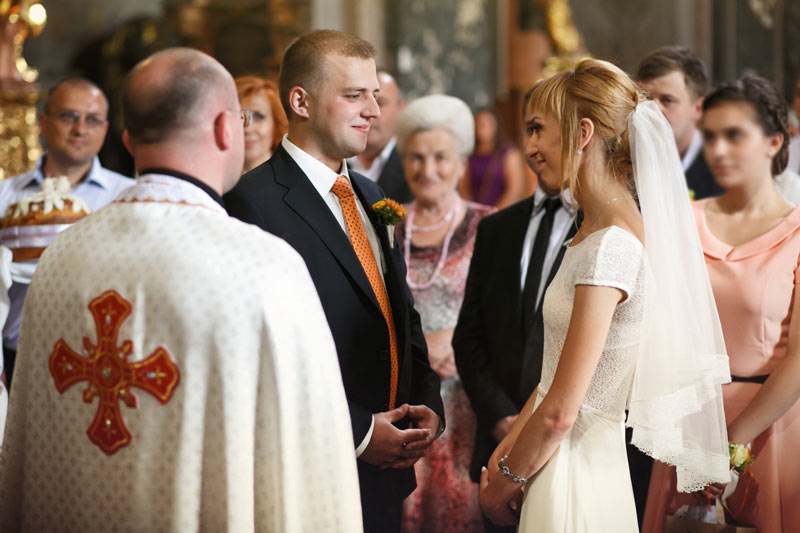
bbc.com -
Vyshyvanka is also an interesting thing you should know when learning Ukraine culture, customs and etiquette. The traditional Ukrainian embroidered shirt is known as a vyshyvanka. In the nineteenth century, many different embroidery designs were created. Shirt ornaments frequently reflect regional characteristics. Vyshyvanka is widely used in folk costumes and in everyday life. Ukrainian embroidered costumes are extremely rich and diverse. It is used to embellish shirts, outerwear, and headwear for both men and women. The decorations' theme, layout, and colors, which are passed down from generation to generation, become a tradition.
Ukrainian embroidered shirts are said to be extremely old, and embroidered clothing was created before the sixth century. Ukrainians consider the embroidered shirt to be an amulet against all possible evils in a person's life, and they attempt to encode happiness, fate, life, and will in the ornament. mind. Almost every Ukrainian family owns an embroidered shirt with a variety of patterns. Each region of Ukraine has a distinct pattern, ornament, and traditional colors that are embroidered on a shirt and are unique to that region.
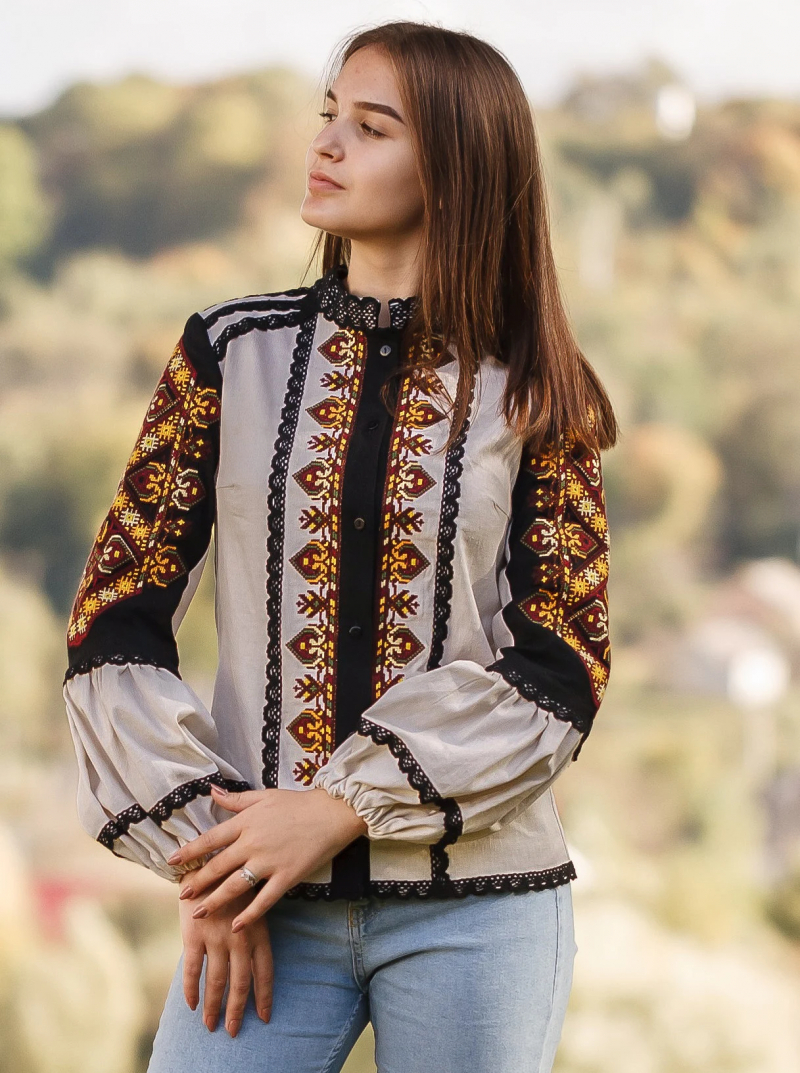
int.zsmu.edu.ua 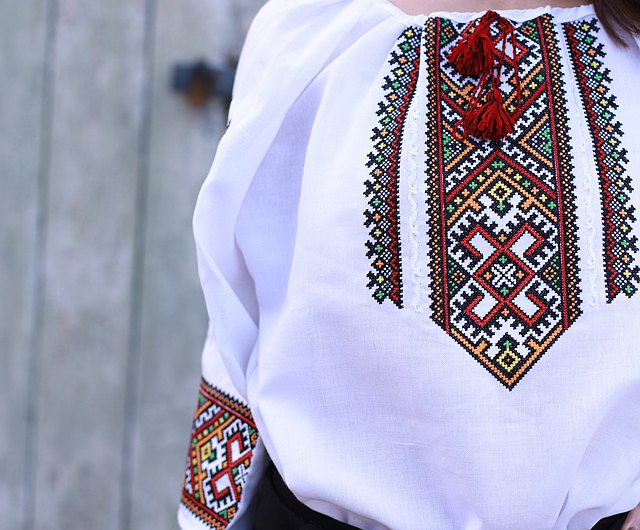
en.pinkoi.com



























